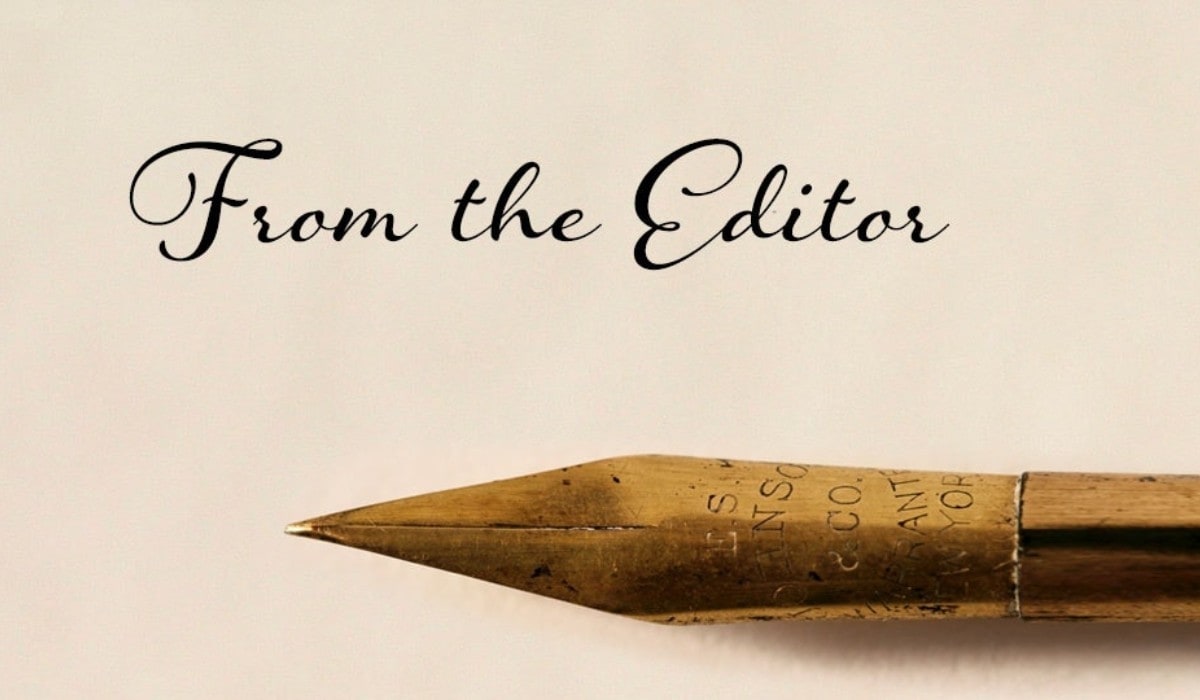ARTICLE SUMMARY:
This column appeared in the July-August 2020 print issue of Market Pathways.
Many are yearning for a fresh start. It’s not a straightforward proposition nowadays, as many attempts to “reopen” communities falter in the face of COVID-19 and what would typically be the ultimate restart—a new school year—is shrouded in ambiguity. But individuals and organizations are finding ways to push forward into new endeavors, looking to a more settled future while incorporating pandemic realities.
One prime example in medtech is NESTcc, the National Evaluation System for health Technology Coordinating Center. Run by the public-private Medical Device Innovation Consortium, the initiative has already established itself as an important player in medtech dedicated to advancing the use of real-world evidence. But just in the past two months, NESTcc has hired a new chief and launched what it calls “NEST 1.0”—a signal of a new start if I have ever seen one. The organization is transitioning from more of a test phase for real-world evidence with specific collaborators, into an RWE platform and clearinghouse for the broader medtech ecosystem. And COVID-19 might represent an opportune time for this particular endeavor to prosper. “The pandemic has brought the importance of real-world evidence to light versus traditional trials and studies,” NESTcc’s new head Sandra Siami tells Market Pathways in one of her first extended interviews since joining the organization.
Another fresh start documented in this issue comes from the hearing implant developer MED-EL. The Austria-based firm is one of the very first companies to earn CE marks under the new, still not fully implemented Medical Device Regulation. Here, we detail the steps MED-EL took and the challenges it faced to achieve that milestone—hopefully, a helpful guide for others.
MED-EL got in just under the wire, winning its MDR certifications in March, just before the full impact of the pandemic hit. Continued restrictions tied to COVID-19 are delaying companies’ ability to comply with new regulations. But after a long period of slow progress, the European Commission has ramped up activity and transparency in the past few months, issuing a regular stream of new guidance documents that are needed for MDR to move forward (but which early adopters like MED-EL had to do without) and launching a new, frequently updated website with information on device regulations.
And, also in the spirit of fresh starts, in the US there are signs that non-emergency policymaking is starting to pick up after an almost singular focus on pandemic response. For instance, CMS is in the middle of rolling out its annual payment rules. That includes the recently issued End-Stage Renal Disease proposed rule featuring a provision we spotlight in this issue that could help stimulate a long-sought proliferation of home dialysis.
![]() Trial MyStrategist.com and unlock 7-days of exclusive subscriber-only access to the medical device industry's most trusted strategic publications: MedTech Strategist & Market Pathways. For more information on our demographics and current readership click here.
Trial MyStrategist.com and unlock 7-days of exclusive subscriber-only access to the medical device industry's most trusted strategic publications: MedTech Strategist & Market Pathways. For more information on our demographics and current readership click here.
#End of article

